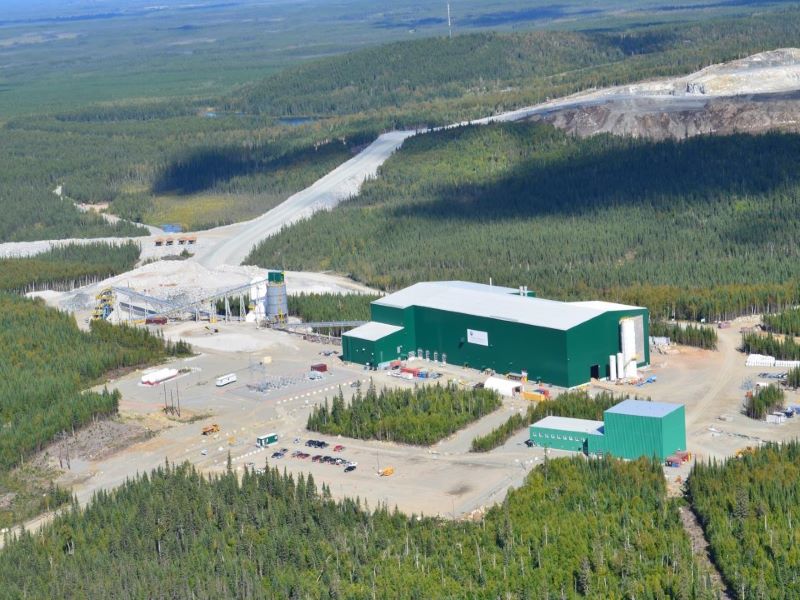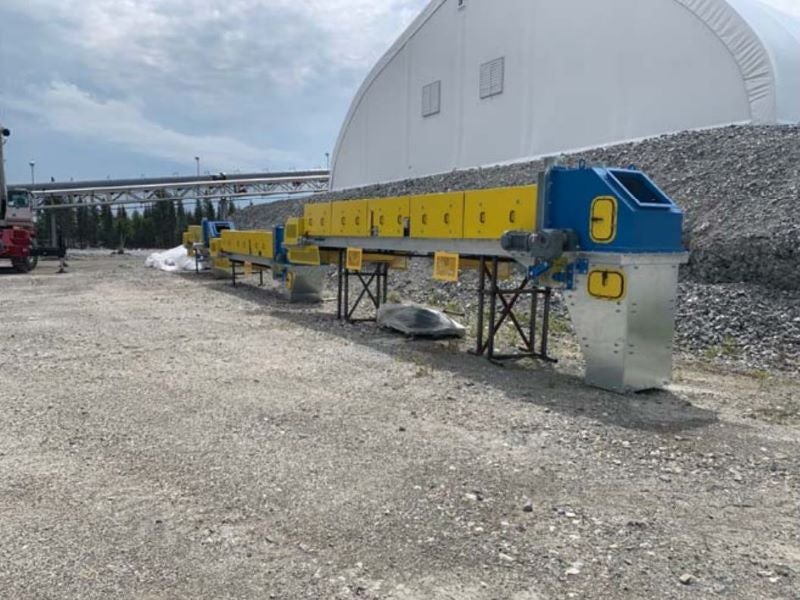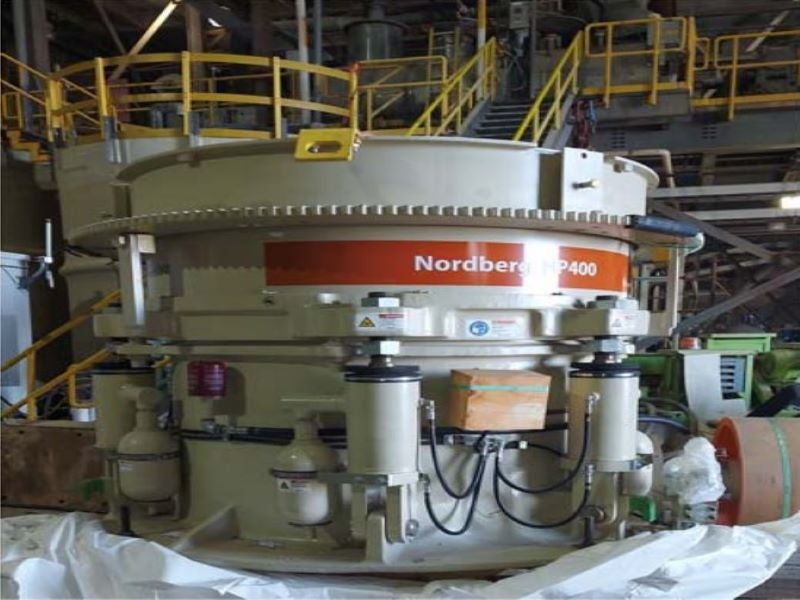The North American Lithium Project, previously known as the Quebec lithium mine, is located in Quebec, Canada.
The mine ceased operations in 2014. They then resumed in 2017 following an acquisition by North American Lithium. Operations continued until March 2019, when production was suspended again due to financial problems. North American Lithium filed for bankruptcy protection in May of the same year.
The project was acquired by Sayona Quebec in August 2021. Sayona Quebec is a joint venture (JV) between Sayona Mining, which owns a 75% stake, and Piedmont Lithium, which holds the remaining 25%.
A pre-feasibility study (PFS) for the project was announced in May 2022 with a life of mine (LOM) of 27 years. Sayona and Piedmont announced the formal approval for the restart of mining operations in June 2022. Spodumene concentrate production was restarted successfully in March 2023 and the first commercial shipment is expected in the third quarter of 2023.
A definitive feasibility study (DFS) for the project was completed in April 2023. The DFS contemplated a LOM of 20 years with an increased average annual production capacity of 190,000t. The production plan involves a target of 226,000tpa from years one to four and approximately 186,000tpa from year five.
A PFS to explore the project’s downstream production through the lithium carbonate plant built by the previous owners is currently underway and is expected to be completed later in 2023.
Project location and geology
The North America Lithium Project is located in the La Corne municipality, 60km from Val d’Or city in Quebec, Canada.
It is situated in the Abitibi‐Témiscamingue region, 15km west of Barraute and 38km southeast of Amos. The property encompasses a contiguous group of 19 mineral claims and a mining lease that is valid until May 2032.
The project lies in the southern volcanic zone of the Abitibi greenstone belt of the superior province of Québec, within the Archean Preissac-Lavorne region of a tectonic intrusion. The spodumene pegmatites within the project area are very poorly exposed.
Mineralisation and reserves
The host rocks at the property are split between granodiorite of the La Corne batholith, volcanics, biotite schists and pegmatite dykes.
The proven and probable mineral reserves at the North American Lithium Project are estimated at 21.7 million tonnes (Mt), grading 1.08% Li₂O with contained Li₂O of 235,500t.
Mining methods
The project will use conventional open-pit bulk mining methods with hydraulic excavators, dump trucks, and drill and blast. Ore from the blasted faces will be trucked to the run-of-mine stockpile and fed to the primary crusher using a front‐end loader.
The proposed pit is expected to have a length of 1,350m, an average width of 750m and a final pit depth of 270m. Mining will be carried out using 10m benches separated by 2m and 3m flitches for ore and waste, and the minimum mining width in most areas will be 40m with a minimum of 20m in specific areas.
Phase one of the mining will commence at the southeast limit of the deposit. Mining will advance to the north and increase in depth. Six mining phases are planned. The ultimate pit ramp system is designed to accommodate 90t haul trucks, although 65t‐class haul trucks will be used in the initial years of operation.
The dual-lane ramp will be 26m wide while the single-lane ramp will be 18.5m wide. The single-lane ramp will be used for the final benches at the pit bottom.
Processing
The North American Lithium Project will have a processing facility with a feed rate of 1.4 million tonnes per annum (Mtpa). The processing facility will include a conventional primary, secondary and tertiary crushing circuit combined with primary and secondary ore sorting.
The grinding circuit will constitute a rod mill and ball mill arranged in a closed circuit with sizing screens. The ground product will be deslimed and fed to a magnetic separation circuit, and the non‐magnetic stream will be conditioned prior to spodumene flotation.
The flotation stage will consist of rougher and scavenger cells as well as three stages of cleaning. The 6% Li₂O spodumene concentrate product will be dewatered on a belt filter, while the tailings streams will be thickened and stored in the tailings storage facility.
The plant will receive supplementary ore feed from the Authier lithium project, which is owned by Sayona and located 30km from the North American Lithium project.
The composition of the blended feed to the processing facility is expected to include 67% North American lithium ore and 33% Authier lithium project ore.
Off-take agreements
Piedmont Lithium Carolinas, a wholly-owned subsidiary of Piedmont Lithium, reached an off-take agreement to purchase spodumene concentrate containing 6% Li₂O grade (dry basis) from Sayona Quebec for the entire project life of the North American Lithium and Authier projects.
Sayona will supply 113,000 dry metric tonnes per year or 50% of production from the North American Lithium Project. The agreement also includes the supply of spodumene concentrate from the Authier project.
Contractors involved
Jarrett Quinn Consultant, a mineral processing and hydrometallurgy consultant based in Canada, was engaged to perform metallurgical test work for the PFS in 2022.
Canadian mining consultant BBA was responsible for studies related to process engineering, mine design, mineral resource estimation, tailings and water management, and financial modelling for the PFS.
Golder Associates, part of WSP Global, was engaged to conduct geotechnical studies, and PwC Canada, a professional services provider, conducted a lithium market study as part of the PFS. It was also responsible for geotechnical (pit slopes) studies for the DFS.
Metallurgical test work for the DFS was done by Synectiq, while PwC was responsible for the marketing, pricing and financial modelling.
BBA, an engineering company based in Canada, was responsible for process engineering, mining, tailings and water management, cost estimates, mineral resource estimation and environmental studies of the DFS.






